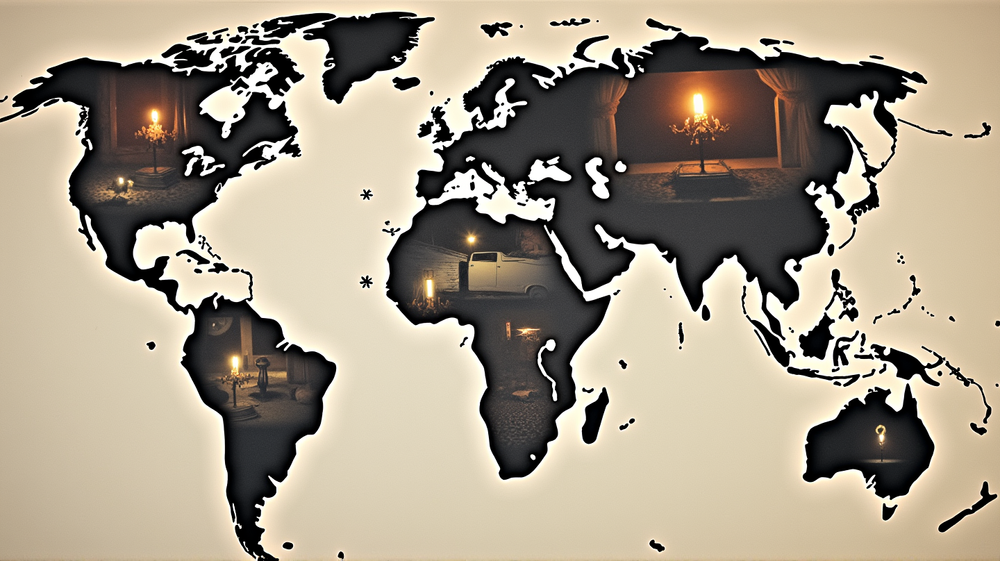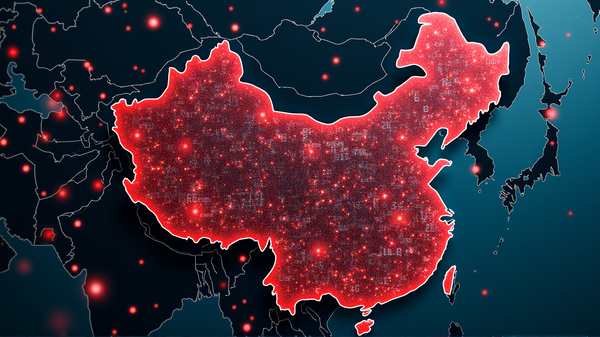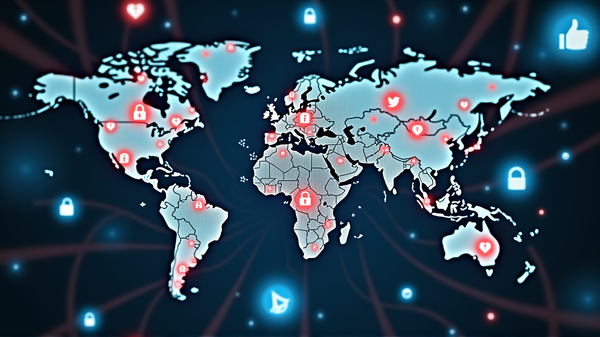The Hidden Histories: Unveiling Foreign Censorship Laws Over Time
Few subjects are as universally impactful yet shrouded in mystery as censorship laws. Today, we unravel the timeline of foreign censorship laws and explore how they continually shape societies. From draconian measures to mellow adjustments, the path is as complex as it is intriguing.
The Origins: Power of the Pen
To understand censorship’s trajectory, we must traverse back centuries. Contrary to modern advancements, early censorship was straightforward—a manifestation of power through suppression. Governments used censorship to entrench authority, often overlooking individual freedoms. This trend was prominent in monarchies and empires, asserting their narratives by controlling the written word.
Regulatory Rise: From Shadow to Statute
As global societies evolved, so too did their need to codify censorship. The 20th century marked a significant turning point where laws solidified, often cloaked as protection against obscenity and immorality. Notably, the infamous Comstock Laws became a benchmark of this era, emphasizing the regulation of literature and art. These developments highlighted an emerging dichotomy: the eternal struggle between moral guardianship and free expression.
Digital Daunting: The New Frontier
Enter the 21st century—a new dawn where digital mediums redefine censorship’s landscape. Governments worldwide scrambled to catch up with technology’s mounting pace. Laws expanded beyond print to digital content, where virtual expressions became the new battleground. China’s Great Firewall, for instance, symbolized state-of-the-art digital censorship, underscoring government sway over cyberspace.
Cultural Contexts: Unique Jurisdictions
Despite overarching patterns, a fascinating spectacle within foreign censorship laws is their cultural adaptability. While some nations embrace liberal stances, others enforce strict regulations daily. For example, Scandinavia’s liberal policies sharply contrast with nations enforcing draconian bans, highlighting how culture steers censorship’s compass. According to Substack, understanding these cultural undercurrents offers insightful narratives into the laws’ localized impact.
The Liberties’ Limitation: A Global Conundrum
As we walk through these timelines, one truth emerges—the irony of censorship laws aiming to protect yet inadvertently stifle. The global stage, filled with artists, journalists, and activists, constantly resists these boundaries, advocating for introspection and reform. Engaging with this conundrum not only enlightens but also questions—where should the line be drawn?
Conclusion: The Endless Echo
Concluding this exploration, we find that censorship laws are more than historical relics; they are today’s realities that whisper tomorrow’s promises. As societies evolve, so should our understanding and engagement with these laws. The question remains: how will we balance liberty with control in a web where information flows ceaselessly?
The timeline of foreign censorship laws is a story not just of control but also of human resilience. In embracing this intricate history, we honor the past while navigating a future where censorship redefines itself with every unfolding moment.




